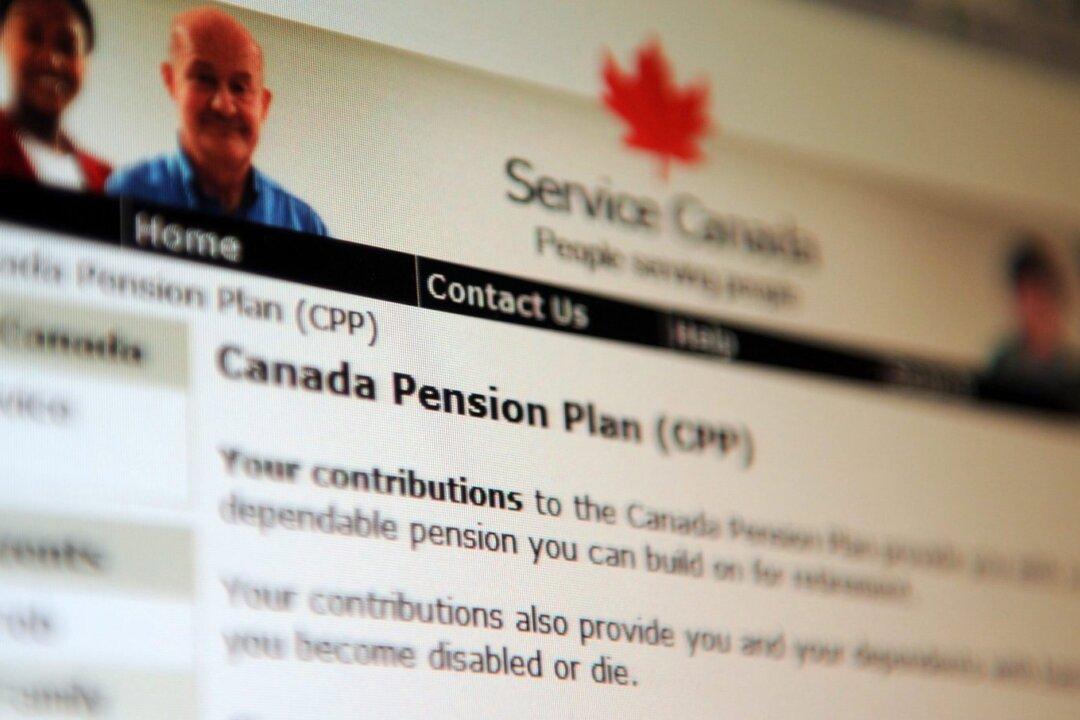Alberta’s finance minister says an estimate by Ottawa on what share of the Canada Pension Plan (CPP) the province is entitled to upon potential withdrawal has been delayed until fall.
Premier Danielle Smith last year instructed her Finance Minister Nate Horner to look into establishing an Alberta Pension Plan.





